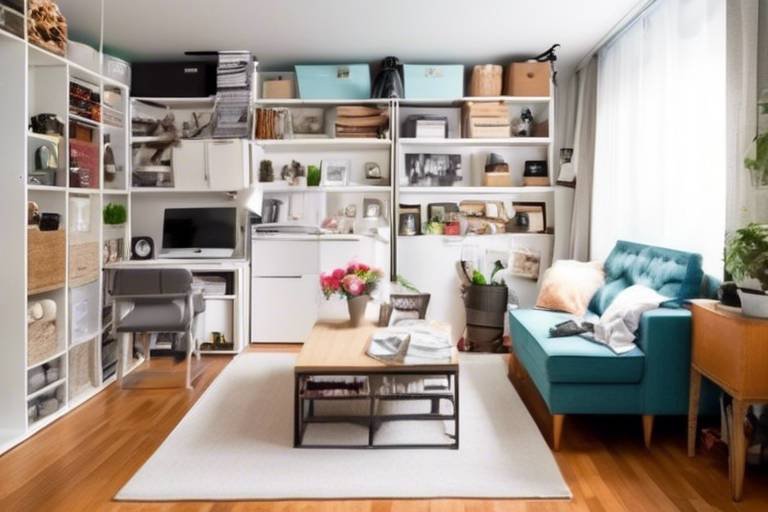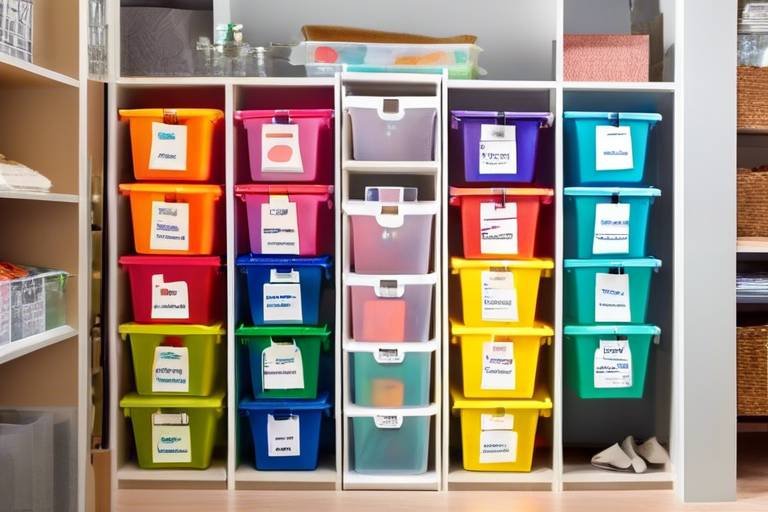Tips for Creating a Balanced and Harmonious Room Layout
When it comes to designing a room layout that is both visually appealing and functional, there are several key factors to consider. Understanding your space is crucial in determining the best layout that maximizes both space and functionality. Analyzing the dimensions, architectural features, and natural light of the room will help you make informed decisions about furniture placement and traffic flow.
Choosing the right furniture is essential for creating a balanced and inviting arrangement. Select furniture pieces that are proportionate to the room's scale and ensure a harmonious distribution of pieces that complement the room's style and purpose. A well-chosen furniture arrangement can make a significant difference in the overall feel of the room.
Focusing on focal points in the room can help guide your layout decisions. Identify key elements such as a fireplace, large window, or artwork, and arrange furniture around these focal points to create a visually appealing layout that draws attention to the room's highlights. By emphasizing these features, you can create a cohesive and engaging space.
Proper lighting is another crucial aspect of room design. Incorporating a mix of ambient, task, and accent lighting can enhance the room's atmosphere and functionality. Lighting not only illuminates the space but also highlights architectural details and decor elements, adding depth and dimension to the room.
Experimenting with color schemes, textures, and patterns can add personality and visual interest to the room. A cohesive palette that ties together furniture, walls, flooring, and accessories can create a harmonious look that is both inviting and stylish. Playing with color and texture can transform a room from ordinary to extraordinary.
Creating distinct zones for different activities within the room can help maximize functionality. By dividing the room into areas for lounging, dining, or working, you can use furniture placement and area rugs to delineate each zone and create a sense of purpose and organization. This approach ensures that each area serves its intended function effectively.
Symmetry and balance are key elements in achieving a harmonious room layout. By incorporating symmetrical arrangements, balanced proportions, and visual weight distribution, you can create a sense of equilibrium that is pleasing to the eye. A well-balanced room layout exudes a sense of order and tranquility.
Keeping the room clutter-free and organized is essential for maintaining a harmonious environment. Utilizing storage solutions such as shelves, baskets, and cabinets can help keep belongings out of sight and maintain a clean and tidy space. Decluttering not only enhances the room's aesthetic appeal but also promotes a sense of calm and relaxation.
Adding personal touches to the room is the final step in creating a balanced and harmonious space. Infuse the room with your personality and style by incorporating artwork, photographs, heirlooms, and accessories that reflect your unique taste and interests. These personal touches will make the room feel warm and inviting, truly making it your own.
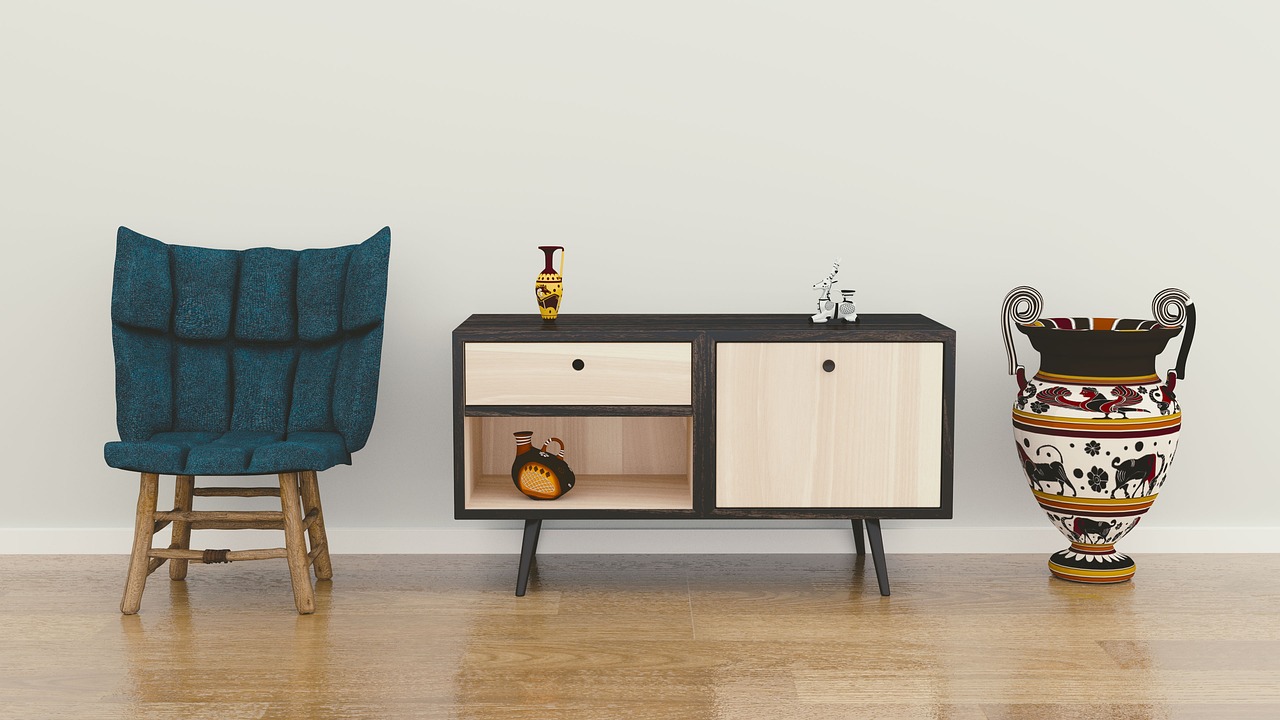
Understand Your Space
Understanding your space is crucial when creating a balanced and harmonious room layout. Before diving into furniture arrangement and decor choices, take a step back and analyze the dimensions, architectural features, and natural light of the room. By doing so, you can determine the best layout that maximizes space and functionality while considering factors like traffic flow and focal points.
Imagine your room as a blank canvas waiting to be transformed into a masterpiece. Consider how the room's size and shape can influence the placement of furniture and the overall flow of the space. Is there a focal point, such as a fireplace or a large window, that you want to highlight? Understanding these elements will guide you in creating a layout that not only looks visually appealing but also serves its purpose effectively.
Think of your room as a puzzle, with each piece of furniture playing a vital role in completing the picture. Choose furniture pieces that suit the scale of the room, ensuring a balanced distribution that creates a cohesive and inviting arrangement. Avoid overcrowding the space with too many pieces or overwhelming it with oversized furniture. Strike a balance that complements the room's style and purpose.
Consider the function of the room and how you want to use the space. Are you aiming for a cozy reading nook, a formal entertaining area, or a multifunctional space for various activities? Understanding the room's purpose will help you select the right furniture pieces and arrange them in a way that enhances both the aesthetics and functionality of the space.
Take note of architectural features like windows, doors, and built-in elements that can impact the layout. Work with these features rather than against them to create a harmonious design that embraces the room's unique characteristics. By understanding your space from all angles, you can craft a layout that not only looks good but also feels right.
In summary, understanding your space is the first step in creating a balanced and harmonious room layout. By analyzing the dimensions, architectural features, and natural light of the room, you can make informed decisions about furniture arrangement, traffic flow, and focal points. Remember, a well-planned layout sets the foundation for a visually appealing and functional living space that you'll love spending time in.
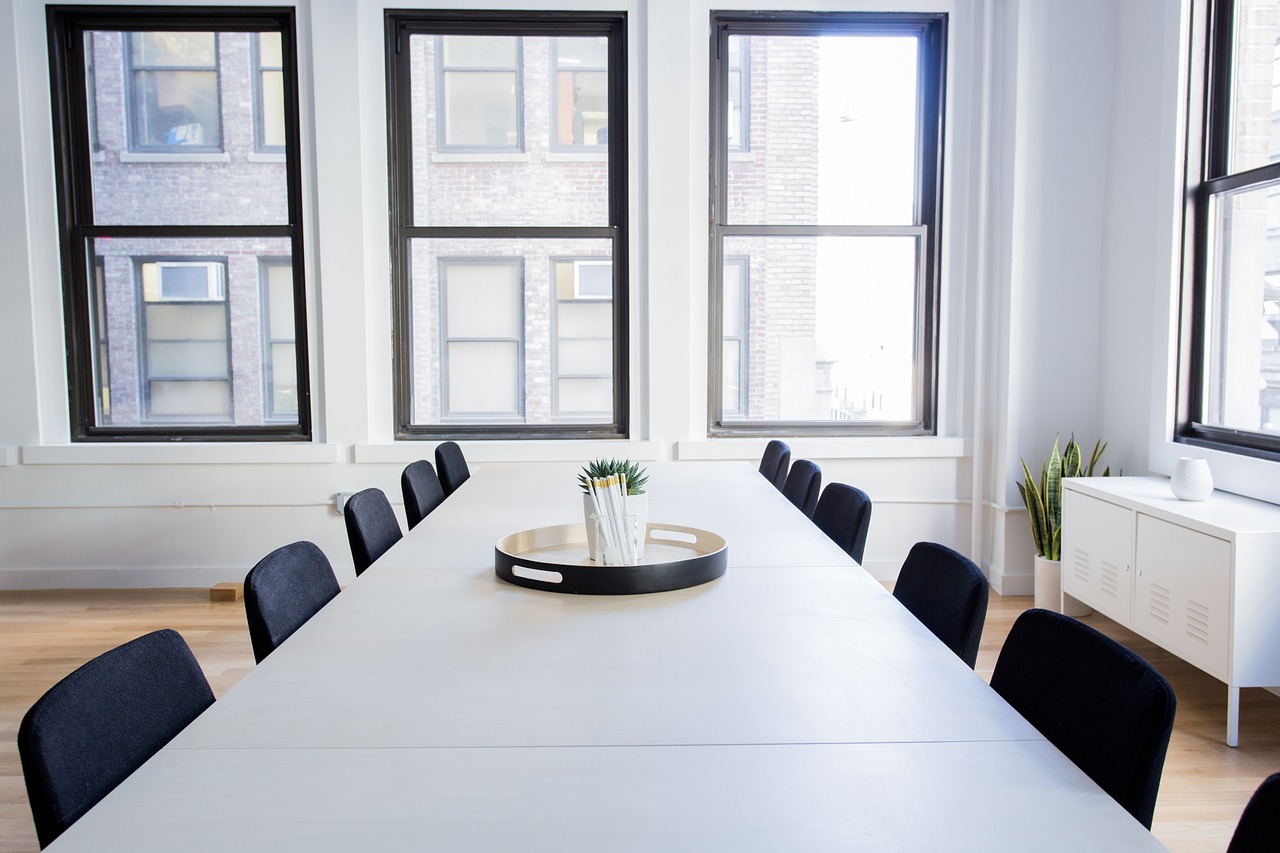
Choose the Right Furniture
Choosing the right furniture is essential in creating a balanced and harmonious room layout. The furniture pieces you select play a crucial role in determining the overall look and feel of the space. When it comes to choosing furniture, there are several key factors to consider to ensure that the pieces you pick complement the room's style and purpose.
First and foremost, consider the scale of the room. It's important to choose furniture that fits the proportions of the space without overwhelming it. Oversized furniture in a small room can make the area feel cramped, while tiny furniture in a large room can look out of place. Aim for a balanced distribution of furniture pieces that allows for easy movement and creates a cohesive layout.
Another aspect to keep in mind is the style of the furniture. Make sure that the pieces you choose align with the overall style of the room. Whether you prefer a modern, minimalist look or a more traditional aesthetic, selecting furniture that complements the room's design will help tie the space together.
Additionally, consider the functionality of the furniture. Think about how you will be using the room and choose pieces that serve that purpose. For example, if the room is a living area where you entertain guests, opt for comfortable seating options. If it's a workspace, prioritize a functional desk and ergonomic chair.
Furthermore, don't forget about the material and color of the furniture. The material can impact the durability and maintenance of the pieces, while the color can influence the overall atmosphere of the room. Experiment with different textures and finishes to add visual interest and depth to the space.
Lastly, remember that less is often more when it comes to furniture. Avoid overcrowding the room with too many pieces, as this can make the space feel cluttered and chaotic. Instead, focus on selecting a few key furniture items that make a statement and enhance the room's aesthetic.
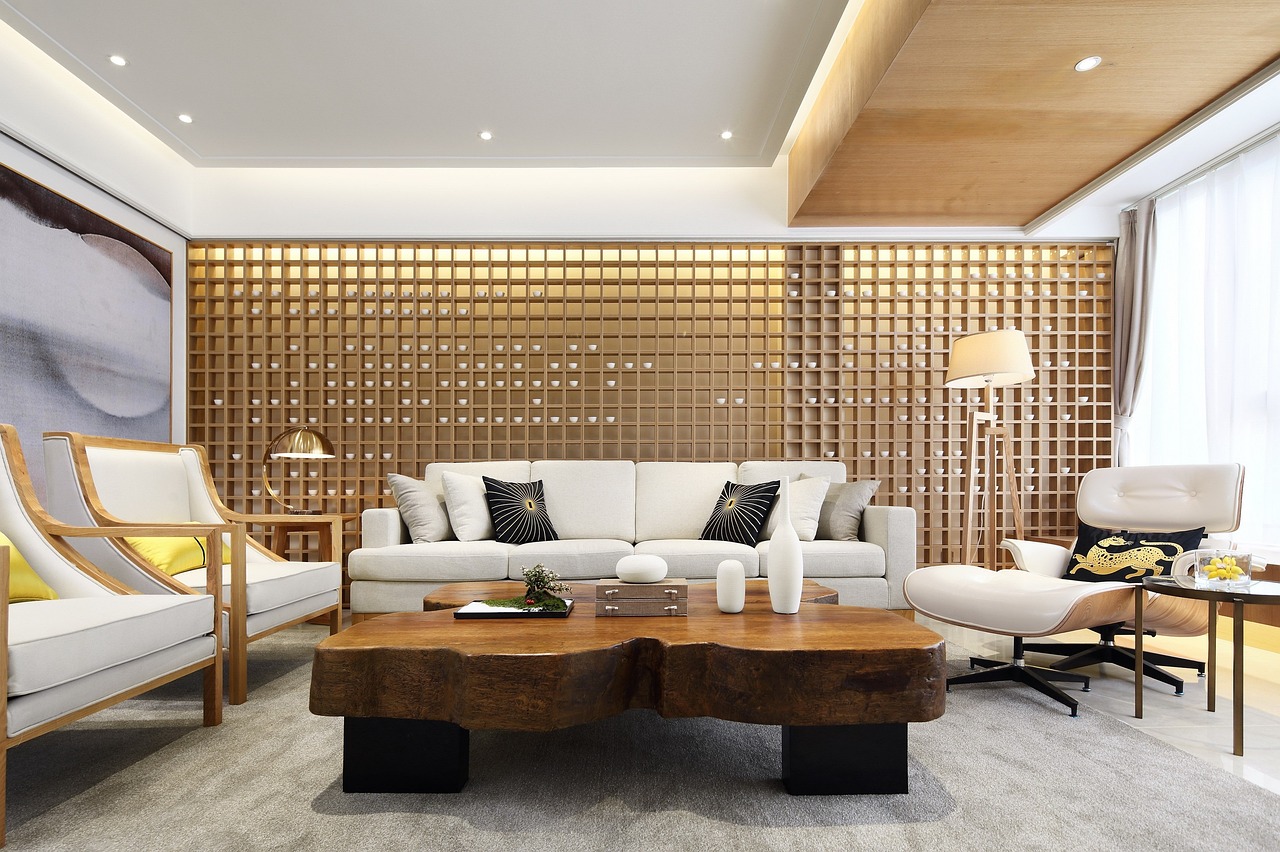
Focus on Focal Points
When designing a room layout, one key aspect to consider is focusing on focal points. These are the elements in the room that immediately draw the eye and set the tone for the space. By strategically arranging furniture around these focal points, you can create a visually appealing layout that highlights the room's best features.
For example, if your room has a stunning fireplace, position the seating arrangement to face the fireplace, making it the center of attention. This not only creates a cozy and inviting atmosphere but also ensures that the fireplace becomes the focal point of the room.
Similarly, if you have a large window with a beautiful view, arrange the furniture in a way that frames the window and allows for unobstructed views. This not only enhances the natural light in the room but also brings the outdoors in, creating a seamless connection with the surrounding environment.
Artwork can also serve as a focal point in a room. By hanging a striking piece of art on a prominent wall and arranging furniture around it, you can create a gallery-like setting that showcases the artwork and adds personality to the space.
When focusing on focal points, it's essential to strike a balance between highlighting these key elements and ensuring that the rest of the room complements them. Avoid overcrowding the focal point with too much furniture or decor, as this can detract from its impact. Instead, let the focal point shine while supporting it with carefully curated pieces that enhance its presence.
By paying attention to focal points and arranging furniture around them thoughtfully, you can create a room layout that not only looks visually appealing but also feels harmonious and well-balanced.

Utilize Proper Lighting
Utilizing proper lighting in a room is crucial for creating a harmonious and inviting atmosphere. Lighting not only affects the overall mood and functionality of the space but also highlights the room's architectural features and decor elements. By incorporating a combination of ambient, task, and accent lighting, you can transform a room into a well-lit and visually appealing area that serves both practical and aesthetic purposes.
Ambient lighting, also known as general lighting, provides overall illumination to the room. This type of lighting ensures that the space is adequately lit, creating a comfortable and welcoming environment for various activities. Ceiling-mounted fixtures, such as chandeliers or recessed lights, are common sources of ambient lighting that help distribute light evenly throughout the room.
Task lighting is essential for specific activities that require focused illumination, such as reading, cooking, or working. Task lighting fixtures, like desk lamps, under-cabinet lights, or pendant lights, should be strategically placed to provide adequate light without causing glare or shadows. By incorporating task lighting into different areas of the room, you can enhance functionality and productivity.
Accent lighting is used to highlight architectural details, artwork, or decor pieces within the room. This type of lighting adds depth and visual interest to the space by drawing attention to specific features. Wall-mounted sconces, track lights, or picture lights are popular choices for accent lighting that can create a dramatic effect and showcase the room's focal points.
When selecting lighting fixtures, consider the color temperature and brightness of the bulbs to create the desired ambiance. Warm white light is ideal for creating a cozy and intimate atmosphere, while cool white light is suitable for task-oriented areas that require bright illumination. Dimmer switches are also useful for adjusting the light intensity according to the time of day or mood.
In addition to artificial lighting, natural light should also be utilized to enhance the room's overall appeal. Maximize natural light by keeping windows unobstructed, using sheer curtains or blinds to control brightness, and strategically placing mirrors to reflect light and make the room appear larger and brighter. By combining natural and artificial lighting sources, you can achieve a well-balanced and visually stimulating environment that caters to both practical needs and aesthetic preferences.

Play with Color and Texture
Nine subheadings related to creating a balanced and harmonious room layout, offering practical advice on furniture arrangement, color schemes, lighting, and decor to achieve a visually appealing and functional living space.
When it comes to designing a room, color and texture play a crucial role in setting the mood and adding personality. Imagine color as the paint that brings life to a canvas and texture as the brush strokes that create depth and dimension. By playing with different colors and textures, you can transform a bland space into a vibrant sanctuary.
One effective way to play with color and texture is by choosing a cohesive color palette that harmonizes with the room's overall theme. Consider selecting a base color for the walls and larger furniture pieces, then introduce pops of complementary colors through accent pillows, throws, and artwork. This creates visual interest without overwhelming the space.
Additionally, incorporating various textures can elevate the room's aesthetic appeal. Mix and match different textures like smooth leather, cozy wool, sleek metal, and plush velvet to create a tactile experience that engages the senses. A rough jute rug paired with silky curtains or a wooden coffee table juxtaposed with a glass vase adds layers of visual and tactile richness.
Don't be afraid to experiment with patterns as well. Stripes, florals, geometric shapes, or abstract designs can add a dynamic element to the room. However, it's essential to balance bold patterns with more subtle ones to prevent visual overload. Remember, the key is to create a harmonious blend of colors and textures that reflect your style and create a welcoming atmosphere.
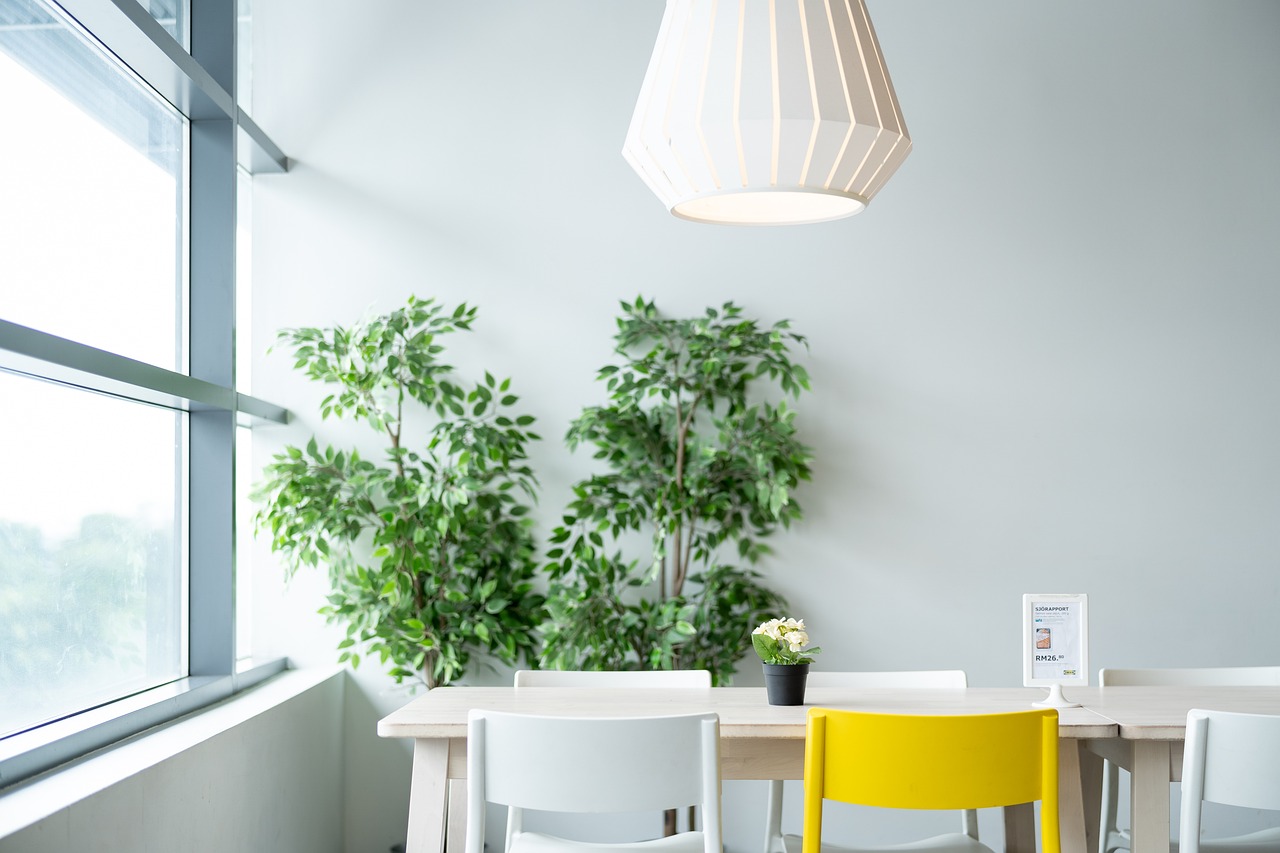
Create Zones for Function
When designing a room layout, creating distinct zones for different functions is essential to ensure that the space is both visually appealing and functional. By dividing the room into specific areas dedicated to activities like lounging, dining, or working, you can optimize the layout for efficiency and organization.
One effective way to create zones for function is by using furniture placement strategically. Positioning items like sofas, chairs, and tables in a way that delineates each area can help define the purpose of each zone. Additionally, incorporating area rugs under key pieces of furniture can further emphasize the boundaries between different functional spaces.
Consider the flow of movement within the room when establishing zones for function. Ensure that there is enough space between furniture pieces to allow for easy navigation and accessibility. By arranging the layout with traffic flow in mind, you can enhance the usability of each zone and prevent overcrowding or congestion.
Another aspect to keep in mind when creating functional zones is the visual cohesion of the space. While each area may serve a different purpose, maintaining a sense of unity in terms of style, color scheme, and decor elements can tie the room together harmoniously. This cohesiveness contributes to the overall balance and aesthetic appeal of the layout.
Furthermore, consider the versatility of the zones you create. Flexibility in design allows for multi-functional spaces that can adapt to different needs and activities. By incorporating furniture pieces that serve dual purposes or can be easily rearranged, you can maximize the usability of each zone and optimize the room layout for various functions.
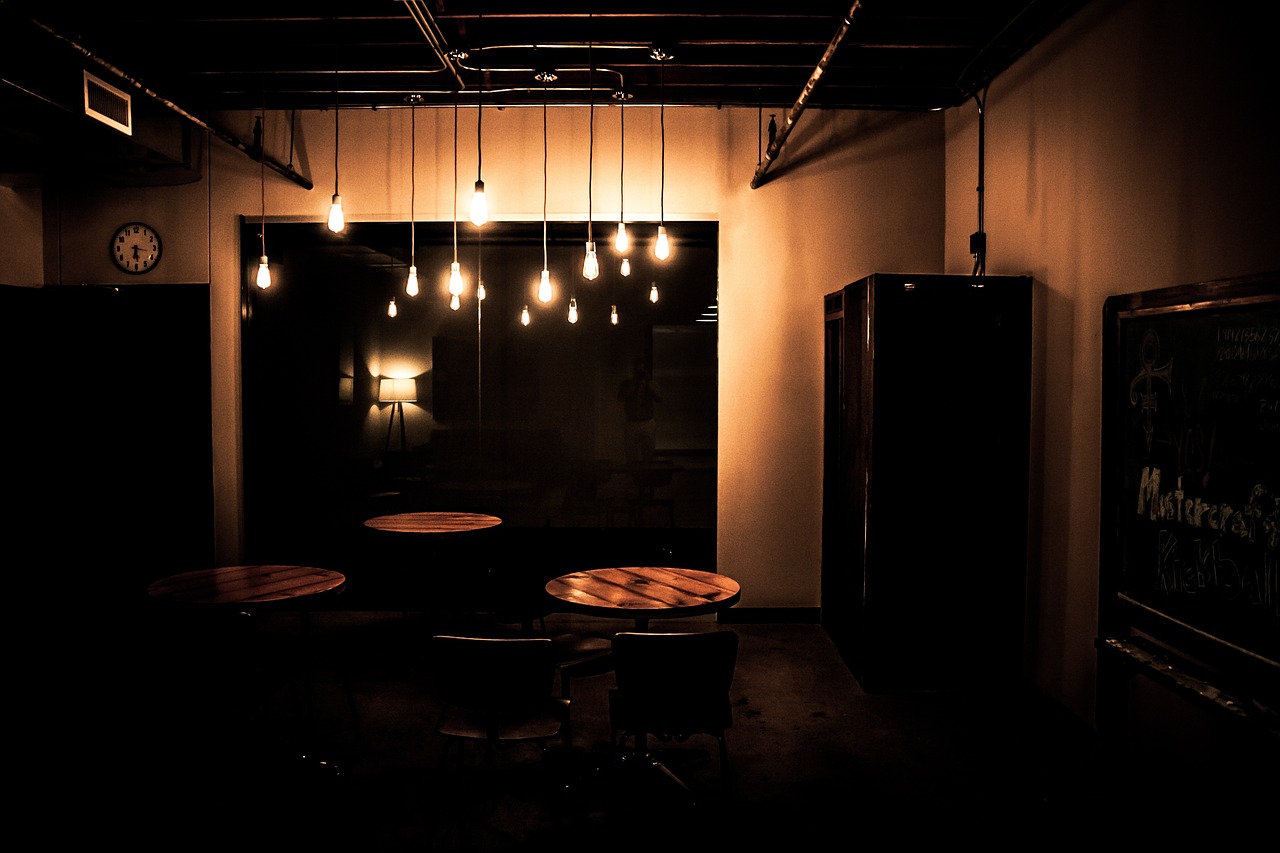
Embrace Symmetry and Balance
Nine subheadings related to creating a balanced and harmonious room layout, offering practical advice on furniture arrangement, color schemes, lighting, and decor to achieve a visually appealing and functional living space.
When it comes to designing a room layout that exudes harmony and balance, symmetry plays a crucial role. Symmetry is like the backbone of a well-structured room, providing a sense of order and visual stability. Imagine a room where everything is perfectly balanced, like a symphony where each instrument plays its part to create a beautiful melody. In interior design, symmetry involves arranging elements in a way that mirrors each other on either side of a central axis. This creates a sense of equilibrium and calmness, making the room feel organized and visually pleasing.
One way to embrace symmetry is by using pairs of identical or similar items on either side of a focal point, such as matching armchairs or identical lamps on bedside tables. This creates a sense of balance and cohesion in the room. Additionally, you can play with symmetrical furniture arrangements, such as placing a sofa in the center of a room with matching end tables on each side. This not only creates a visually appealing layout but also enhances the functionality of the space.
Balance is another key aspect of creating a harmonious room layout. Balance can be achieved through the distribution of visual weight in a room, ensuring that one side does not feel heavier or busier than the other. You can achieve balance by mixing different elements, such as pairing a large piece of furniture with several smaller items to create a sense of equilibrium. Consider the visual impact of each element in the room and adjust their placement to create a well-balanced composition.
Remember, embracing symmetry and balance is not about creating a rigid and identical layout on both sides of a room. It's about achieving a sense of visual equilibrium that feels natural and harmonious. By incorporating symmetrical arrangements, balanced proportions, and careful consideration of visual weight, you can create a room layout that is not only aesthetically pleasing but also promotes a sense of calm and order.
Q: How can I incorporate symmetry in a room with an odd-shaped layout?
A: In rooms with unconventional layouts, you can still achieve symmetry by creating visual balance through asymmetrical arrangements. Focus on balancing the visual weight of different elements in the room rather than mirroring them exactly on both sides.
Q: Can I mix different design styles while embracing symmetry?
A: Yes, you can mix different design styles while incorporating symmetry. The key is to find common elements or colors that tie the diverse styles together and create a cohesive look.
Q: How important is balance in a room layout?
A: Balance is essential in creating a harmonious room layout as it helps distribute visual weight evenly, creating a sense of stability and order. A well-balanced room feels more inviting and visually pleasing.
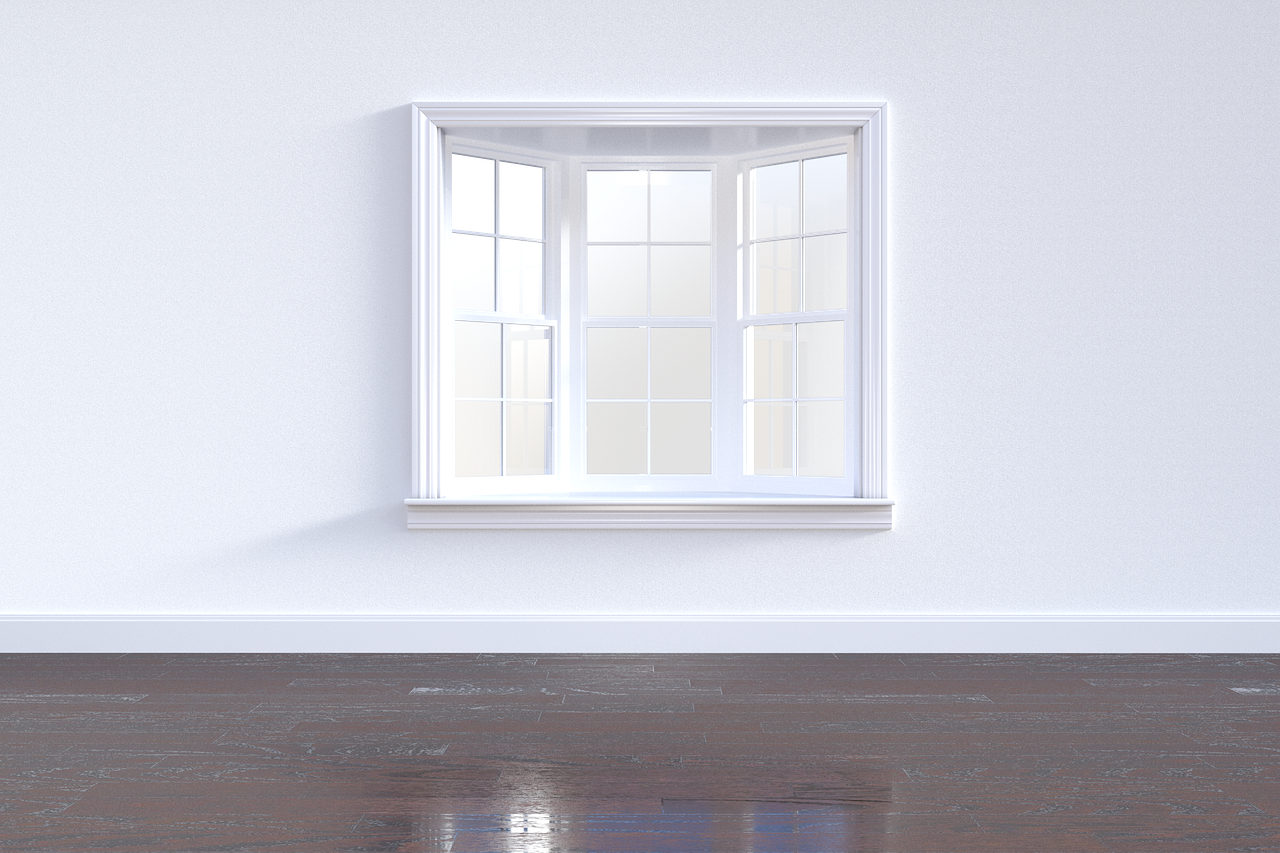
Declutter and Organize
Decluttering and organizing your living space is essential for creating a balanced and harmonious room layout. By keeping the room clutter-free and organized, you can maintain a clean and tidy space that promotes relaxation and a sense of order. Utilizing storage solutions, such as shelves, baskets, and cabinets, will help you effectively declutter and organize the room.
One effective way to declutter and organize is by creating designated storage areas for different items. Use baskets or bins to store small items like remote controls or magazines, and consider installing shelves or cabinets to keep larger items out of sight. By assigning specific storage spots for each item, you can easily find what you need and prevent clutter from accumulating.
Another important aspect of decluttering is to regularly assess your belongings and get rid of items you no longer need or use. Consider donating or selling items that no longer serve a purpose in your space. This will not only free up physical space but also create a more streamlined and organized environment.
When organizing, consider the layout of the room and how you can optimize space utilization. Arrange furniture in a way that allows for easy movement and access to key areas. Use multi-functional furniture pieces that offer storage solutions, such as ottomans with hidden compartments or coffee tables with shelves.
Additionally, incorporating decorative storage solutions, like stylish baskets or decorative boxes, can add a touch of personality to the room while keeping clutter at bay. Choose storage options that complement the room's aesthetic and contribute to the overall design scheme.
Remember, decluttering and organizing is an ongoing process that requires regular maintenance. Take time to tidy up and reorganize your space periodically to ensure that it remains clutter-free and functional. By following these decluttering and organizing tips, you can create a serene and well-organized room that promotes a sense of calm and tranquility.

Add Personal Touches
Adding personal touches to a room is like adding spices to a dish - it enhances the flavor and makes it unique to your taste. When decorating a space, it's essential to infuse elements that reflect your personality and style, creating a space that feels truly yours.
One way to add a personal touch is through artwork. Displaying pieces that resonate with you can bring warmth and character to the room. Whether it's a painting that evokes emotions or a sculpture that tells a story, art can be a powerful expression of your identity.
Photographs are another great way to personalize a room. Family photos, travel snapshots, or images of cherished memories can create a gallery of moments that remind you of the things you love and hold dear. These personal touches not only decorate the walls but also fill the space with nostalgia and joy.
Heirlooms and antiques are treasures that carry history and sentiment. Incorporating these pieces into your decor adds a sense of heritage and continuity to the room. Whether it's a vintage clock, a handcrafted quilt, or a passed-down vase, these items bring a touch of the past into the present, enriching the room with stories and memories.
Accessories play a significant role in personalizing a space. From throw pillows and blankets to vases and candles, these small details can make a big impact. Choose items that speak to your taste and interests, whether it's a pop of color, a touch of luxury, or a hint of whimsy. These accessories not only add style but also reflect your personality in every corner of the room.
Ultimately, adding personal touches is about creating a space that feels like home. It's about surrounding yourself with things that bring you joy, comfort, and a sense of belonging. By infusing your unique style into the room, you not only make it visually appealing but also create a sanctuary that resonates with who you are.
Frequently Asked Questions
- How can I determine the best layout for my room?
To determine the best layout for your room, start by analyzing the dimensions, architectural features, and natural light of the space. Consider the traffic flow and focal points in the room to maximize space and functionality while creating a visually appealing arrangement.
- What should I consider when choosing furniture for my room?
When selecting furniture for your room, consider the scale of the space and choose pieces that complement the room's style and purpose. Ensure a balanced distribution of furniture pieces to create a cohesive and inviting arrangement.
- How can I create zones for different activities in the room?
To create zones for different activities in the room, use furniture placement and area rugs to delineate each area. Divide the room into distinct zones for lounging, dining, or working to create a sense of purpose and organization.
- Why is proper lighting important in a room?
Proper lighting is essential in a room to enhance the atmosphere, mood, and functionality. Incorporate ambient, task, and accent lighting to create a well-lit space that highlights architectural details and decor elements.
- How can I add personal touches to my room?
Infuse your room with personality and style by incorporating personal touches such as artwork, photographs, heirlooms, and accessories. This will create a warm and inviting space that reflects your unique taste and interests.




